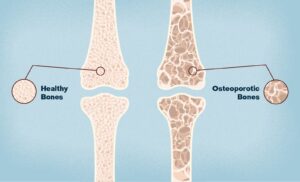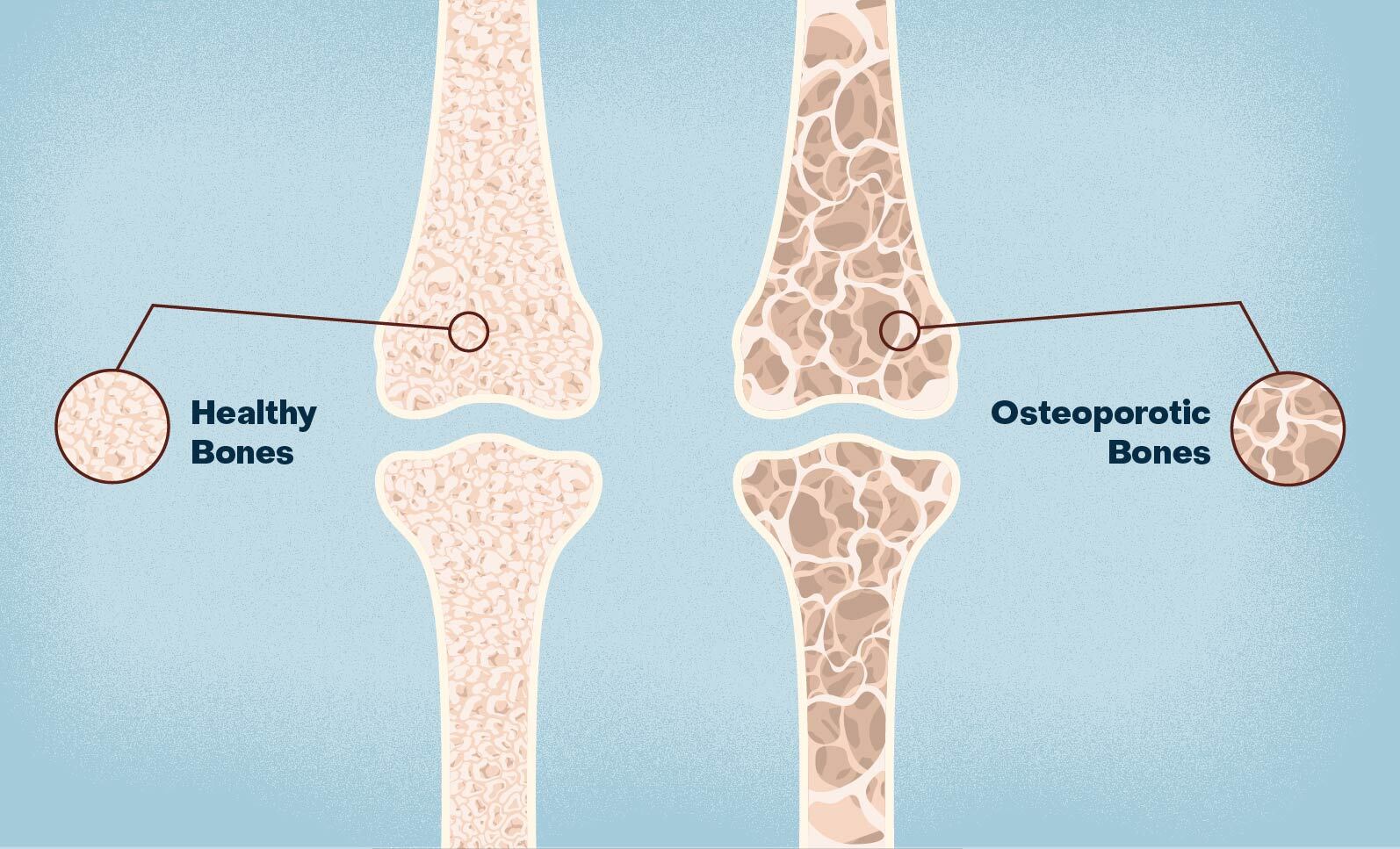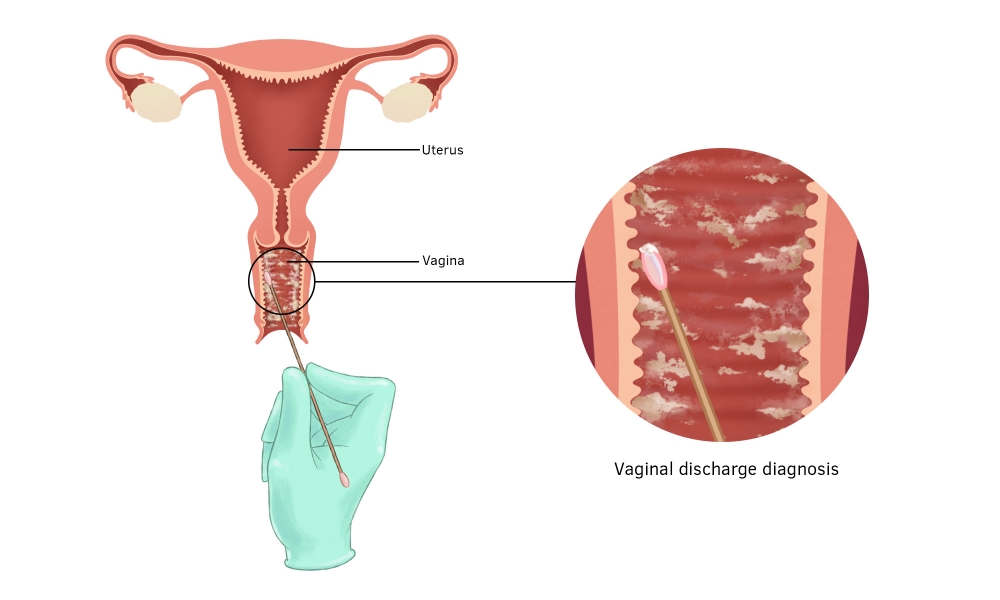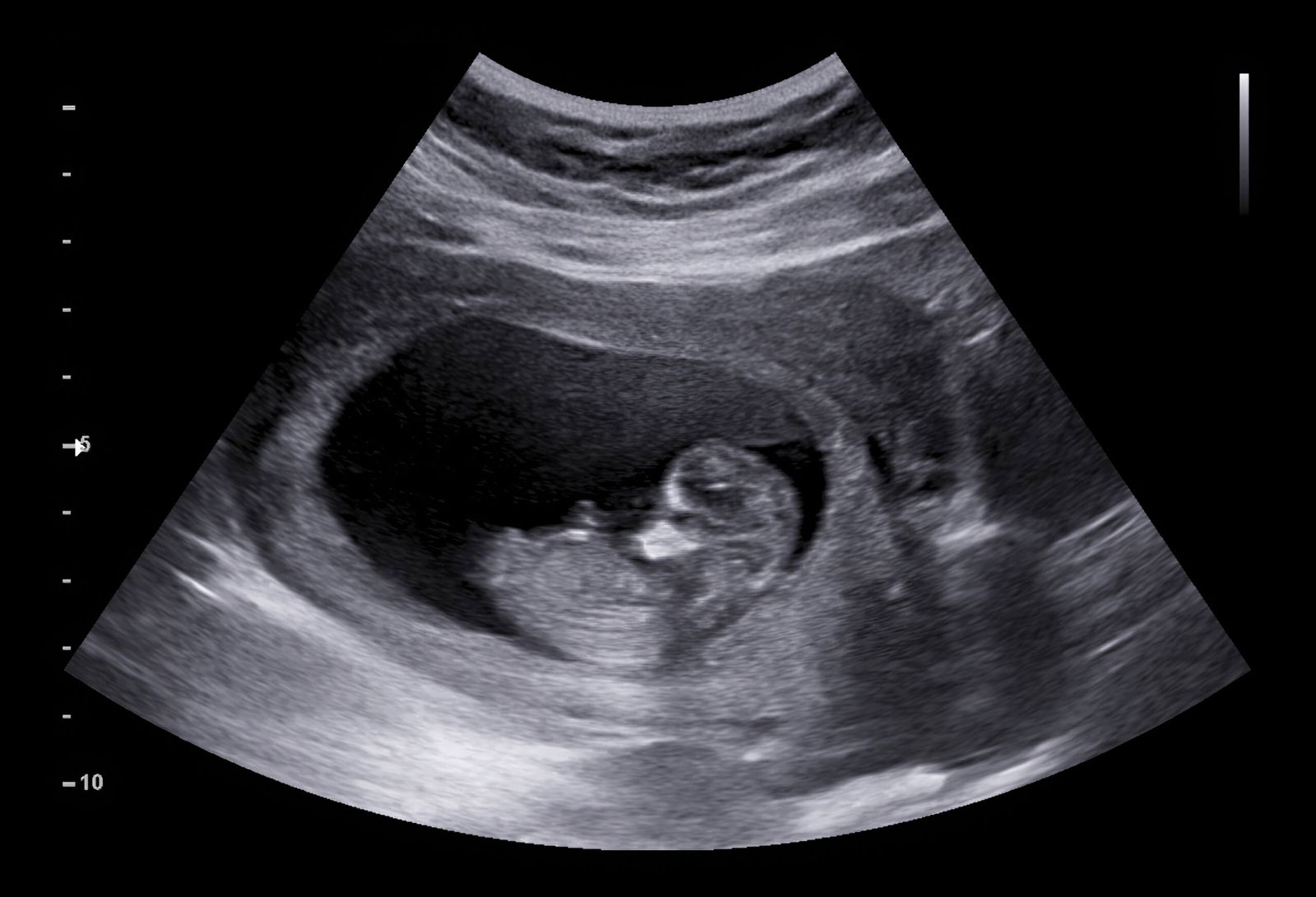Bone health is something most of us take for granted until problems arise. Osteoporosis is a common condition that weakens bones, making them fragile and more likely to break. Often called the “silent disease,” osteoporosis develops slowly and may not show symptoms until a fracture occurs. According to medical studies, millions of people worldwide suffer from osteoporosis, and the risk increases with age, especially among women after menopause.
If you want to protect your bones and reduce the risk of fractures, it’s essential to understand what osteoporosis is, who is at risk, and most importantly, how to keep your bones strong and healthy.
What is Osteoporosis?
Osteoporosis literally means “porous bones.” It occurs when bone density decreases, and the bones lose strength. Healthy bones are dense and strong, but with osteoporosis, they become weak, brittle, and prone to fractures.
The most common fracture sites for people with osteoporosis include:
-
Spine (vertebral fractures)
-
Hip
-
Wrist
Fractures caused by osteoporosis can significantly impact quality of life, mobility, and independence.
What Causes Osteoporosis?
There isn’t a single cause of osteoporosis, but several factors increase the risk of developing weak bones.
1. Aging
As you age, bone mass naturally decreases. This process accelerates after 50 years of age.
2. Hormonal Changes
-
Post-menopausal women are at high risk due to a drop in estrogen levels.
-
Men with low testosterone may also be at risk.
3. Nutritional Deficiency
Lack of calcium and vitamin D are leading causes of osteoporosis.
4. Lifestyle Factors
-
Smoking
-
Excessive alcohol consumption
-
Sedentary lifestyle
5. Medical Conditions
Certain conditions like thyroid disorders, rheumatoid arthritis, and digestive issues may increase the risk.

Symptoms of Osteoporosis
Osteoporosis is often known as a silent disease because symptoms appear only after significant bone loss. Signs may include:
-
Back pain due to vertebral fractures
-
Loss of height over time
-
Stooped posture (hunched back)
-
Frequent fractures
If you notice these signs, consult an orthopaedic doctor immediately.
How to Keep Your Bones Strong and Prevent Osteoporosis
The good news is that osteoporosis can be managed and, in many cases, prevented with proper care and lifestyle choices. Here are the best ways to maintain strong and healthy bones:
1. Eat a Calcium-Rich Diet
Calcium is the building block of bones. Adults need around 1,000–1,200 mg of calcium daily.
Calcium-rich foods include:
-
Milk, yogurt, cheese
-
Leafy green vegetables (spinach, kale, broccoli)
-
Almonds
-
Fortified foods like orange juice and cereals
If you cannot meet the calcium requirement through diet, your doctor may recommend calcium supplements.
2. Get Enough Vitamin D
Vitamin D is crucial because it helps your body absorb calcium. Without enough vitamin D, bones become weak and prone to fractures.
Ways to get vitamin D:
-
Sunlight exposure (10–15 minutes a day)
-
Fatty fish like salmon, tuna, and mackerel
-
Egg yolks
-
Vitamin D supplements (as prescribed by a doctor)
3. Exercise Regularly
Regular exercise improves bone strength and reduces the risk of fractures. Weight-bearing and muscle-strengthening exercises are the best for osteoporosis prevention.
Recommended exercises:
-
Walking, jogging, or hiking
-
Climbing stairs
-
Weight training
-
Yoga and Pilates for flexibility
Aim for at least 30 minutes of physical activity most days of the week.
4. Avoid Smoking and Excess Alcohol
Smoking reduces bone density and interferes with calcium absorption. Similarly, excessive alcohol intake weakens bones and increases the risk of osteoporosis. Quitting smoking and limiting alcohol consumption are vital steps to keep your bones healthy.
5. Maintain a Healthy Weight
Being underweight increases the risk of weak bones, while being overweight adds stress to your joints. Maintaining a healthy weight with a balanced diet and regular exercise is essential for bone health.
6. Get Bone Density Tests
A bone mineral density (BMD) test measures bone strength and helps diagnose osteoporosis early. If you are over 50 or have risk factors, your doctor may recommend a DEXA scan. Early detection allows for timely treatment and lifestyle changes to prevent fractures.
7. Medications and Treatment Options
If osteoporosis is diagnosed, your orthopaedic doctor may recommend medications such as:
-
Bisphosphonates (to slow bone loss)
-
Hormone replacement therapy (HRT)
-
Denosumab injections
-
Parathyroid hormone treatments
These medications, combined with lifestyle changes, help manage osteoporosis effectively.
Tips for Everyday Bone Health
-
Ensure you get enough protein for muscle and bone strength.
-
Limit caffeine intake as it can affect calcium absorption.
-
Practice good posture to avoid spine fractures.
-
Prevent falls by keeping your home safe (use anti-slip mats, proper lighting).
Why Bone Health Matters
Strong bones are the foundation of a healthy and active life. Osteoporosis can limit your mobility, independence, and overall well-being. By focusing on prevention through diet, exercise, and lifestyle changes, you can significantly reduce your risk of developing osteoporosis.
Conclusion
Osteoporosis is a serious but preventable condition. By maintaining a diet rich in calcium and vitamin D, engaging in regular exercise, avoiding harmful habits like smoking and excessive alcohol consumption, and undergoing regular bone density tests, you can keep your bones strong for life.
If you experience persistent back pain, loss of height, or frequent fractures, don’t ignore the symptoms. Consult an experienced orthopaedic specialist to evaluate your bone health and start treatment early.
Your bones support you every day—take care of them, and they will take care of you.







